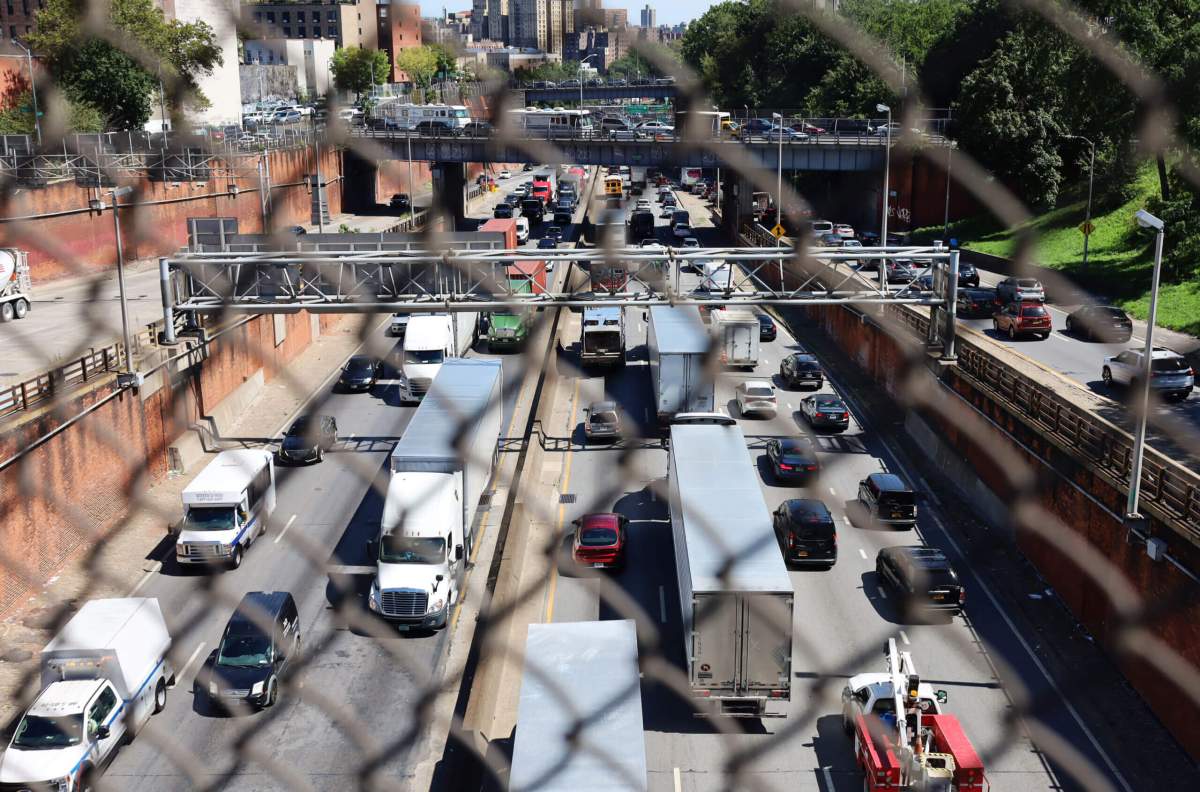Bronxites are weighing in on the transformation of the Cross Bronx Expressway, a roadway notorious for causing air pollution, low connectivity, poor traffic safety and other harmful effects on people living within its corridors.
Two new reports released June 4 shed light on the first phase of a study launched in 2022 to “reimagine” the Cross Bronx, during which 900 residents provided input over five months to identify — down to the intersection level — nagging problems experienced by those who live, work and travel on and near the Cross Bronx.
Mayor Eric Adams’ administration launched the study in December 2022, funded by a $2 million federal grant. Multiple agencies — NYC Department of Transportation (NYC DOT), Department of Health and Mental Hygiene (DOHMH), Department of City Planning (DCP) and the state Department of Transportation — convened as the Study Team to identify specific problems caused by the roadway and gather residents’ input on potential solutions.
“Residents of neighborhoods surrounding the Cross Bronx corridor are overburdened and underserved” due to historical and present-day inequities — and the expressway is just one such problem, according to the team’s report.
Since construction of the Cross Bronx began in 1948, Bronxites have felt the pain.
The 4.5-mile segment of Interstate 95 — conceived by urban planner Robert Moses — cut the borough in half from east to west. Its construction lasted until 1972 and displaced thousands of residents, disconnected neighborhoods and disproportionately left South Bronx residents with harmful health effects such as asthma.
“[T]here’s always the hidden concern about what happens with people being constantly exposed to the kind of pollutants surrounding them, which we are not really aware of. What is it doing to everybody? … What’s the toll?” said Marie McCullough, a South Bronx resident quoted in the newly-released report.
Currently, the Cross Bronx is…
Read the full article here

Leave a Reply